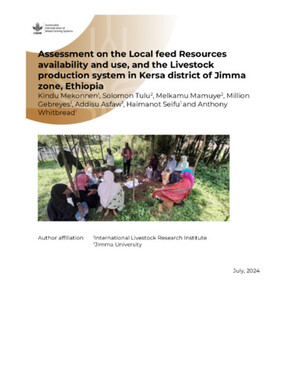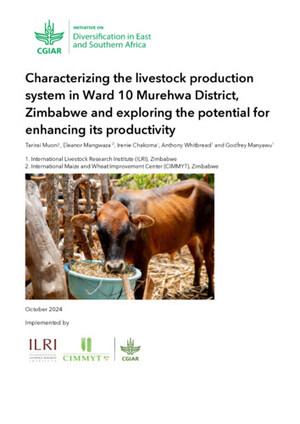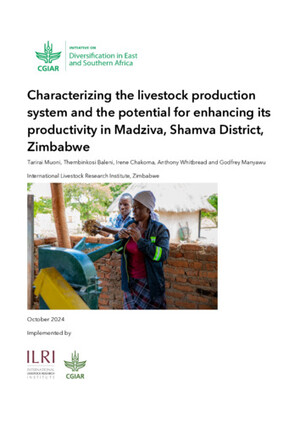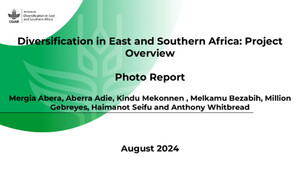
The ‘One cow per poor family’ programme: Current and potential fodder availability within smallholder farming systems in southwest Rwanda
Abstract
Livestock is an essential component of smallholder farming systems in the East African highlands. The ‘One cow per poor family’ programme was initiated in Rwanda as part of a poverty alleviation strategy, aiming to increase the livestock population. A four month-study was conducted in Umurera village (Simbi sector), southern Rwanda with the objectives to (1) quantify the on-farm fodder availability, (2) quantify the amount and quality of fodder on offer to livestock, (3) analyse potential fodder availability under five future scenarios and (4) evaluate the implications and feasibility of the programme. Farmers’ surveys, measurements of field sizes, together with daily measurements of fodder on offer, milk production and fodder refusals were conducted. Feeds used were diverse, comprising grasses (53%), banana plant parts (25%), residues of several crops (9%) and other plants (10%). Herbs collected from valley-bottoms, uncultivated grasses and crop residues were predominant fodder types on poorer (Resource group 1 – RG1) farms while Pennisetum and Calliandra were predominant fodder types for moderate (RG2) and better resource endowed (RG3) farms. The amount of fodder on offer for cattle ranged from 20 to 179 kg fresh weight animal−1 day−1 (9–47 kg DM). The milk yield ranged between 1.3 and 4.6 L day−1. The amount of Pennisetum and Calliandra fodder available decreased in the dry season with a concomitant increase in reliance on banana leaves and pseudo-stems. The poorest farmers (RG1) were not able to feed a local cow under all scenarios. RG2 farmers can sustain a local cow during both seasons when using all possible fodder resources, but can sustain a European cow under just two scenarios during the rainy season. RG3 farmers can feed a European cow during the rainy season under all scenarios and for four scenarios during the dry season. We conclude that the ‘One cow per poor family’ programme needs to be adjusted to increase its effectiveness. Our main recommendations are to shift to livestock that require less fodder, for example local cattle or small ruminants such as goats.
Citation
Klapwijk, L.C., Bucagu, C., Wijk, M.T. van, Udo, H.M., Vanlauwe, J.B., Munyanziza, E. and Giller, K.E. 2014. The ‘One cow per poor family’ programme: Current and potential fodder availability within smallholder farming systems in southwest Rwanda. Agricultural Systems 131: 11-22.










